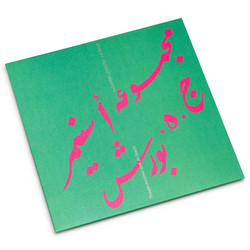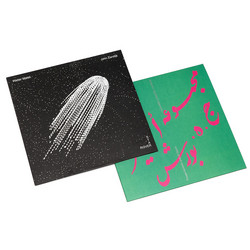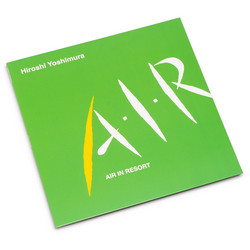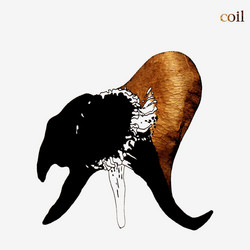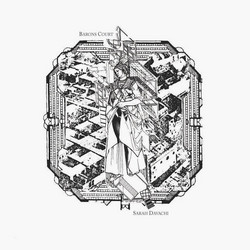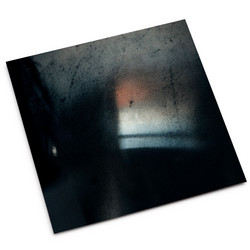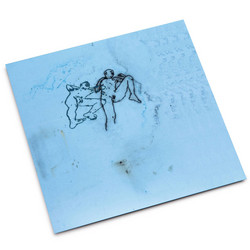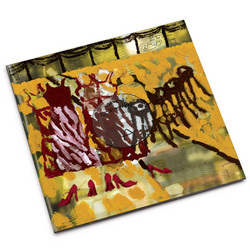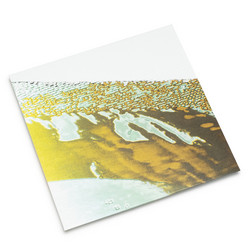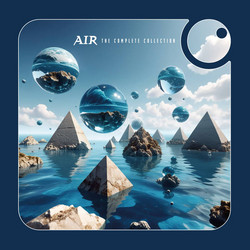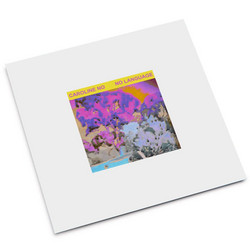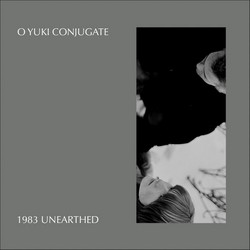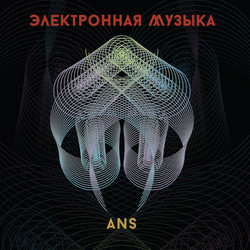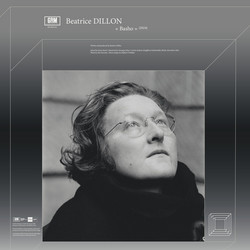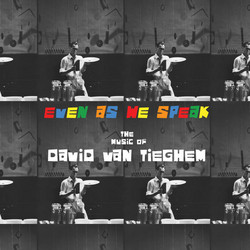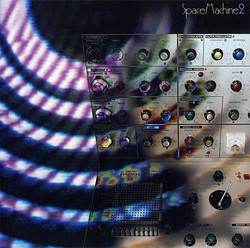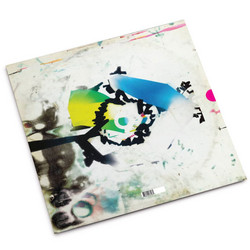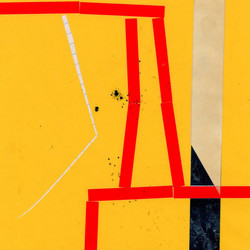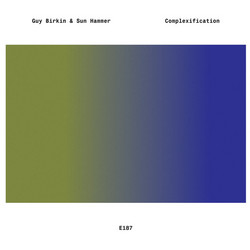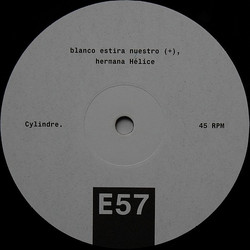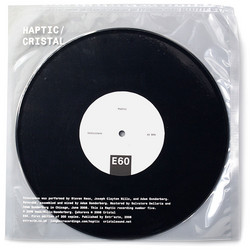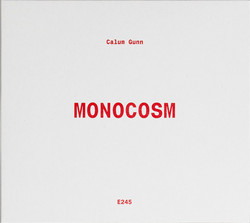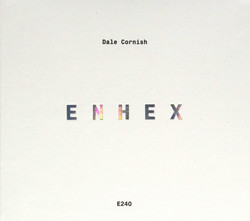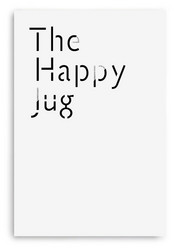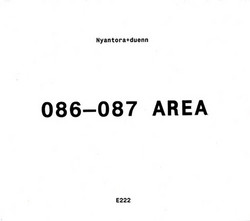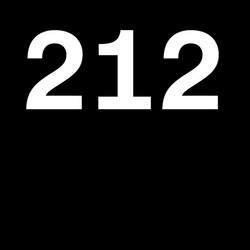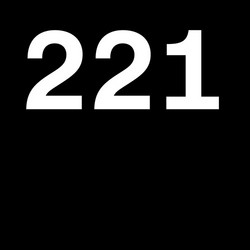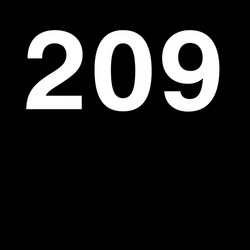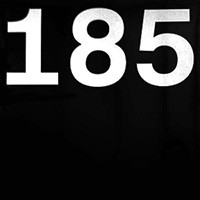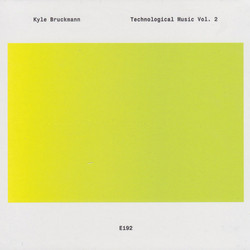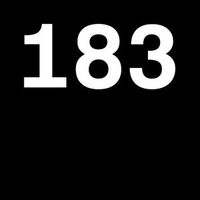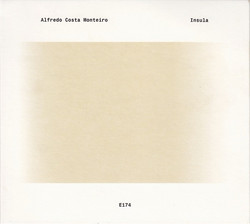Glenn BACH / John KANNENBERG
Dispersal Patterns
Collaborating since 2004, Dispersal Patterns is Bach and Kannenberg's second joint project. Departing from their earlier emphasis on systems and graphic notation, they here rely on intuitive communication as they weave two improvised soundscapes from quiet field recordings, analogue instrumentation, digital synthesis, found sounds and minimal signal manipulations. Bach and Kannenberg have previously explored concepts of place, soundscape and transmission in their first collaboration, Two Cities, an audiovisual documentation of their respective morning commutes. Utilising an online collaborative interface maintained by Furthernoise.org, Bach and Kannenberg improvised an hour-long manifestation of Two Cities that was simultaneously broadcast into brick-and-mortar locations in London, Bristol, and NYC. The hour-long set of sound and imagery reveals a haunting meditation on place, migration, and the life cycles of broadcast signals. Revisiting these themes of temporal displacement and dislocated sounds, Bach and Kannenberg made a number of radio appearances on Chicago area college radio stations in the first half of 2008, introducing their recontextualised sounds into new virtual and physical environments (including the Whitney Museum of American Art in New York as part of Neighborhood Public Radio's participation in the 2008 Whitney Biennial). The distinction between source and signal, and between audition and reception, is blurred
in the commingling of textures and elongation of gently evolving drones. Their embrace of improvisation as a common sonic infrastructure allows the pair to engage in a productive partnership, despite the geographical distance between them. Geography and place figure prominently in their work, as both artists investigate and document their surroundings, and in Dispersal Patterns the duo have fixed on a dynamic tonal and timbral palette inspired by the conflicting experiences of acclimation and egress. First edition of 200 copies
Details
Cat. number: E 119
Year: 2012
Notes:
limited to 200 copies
